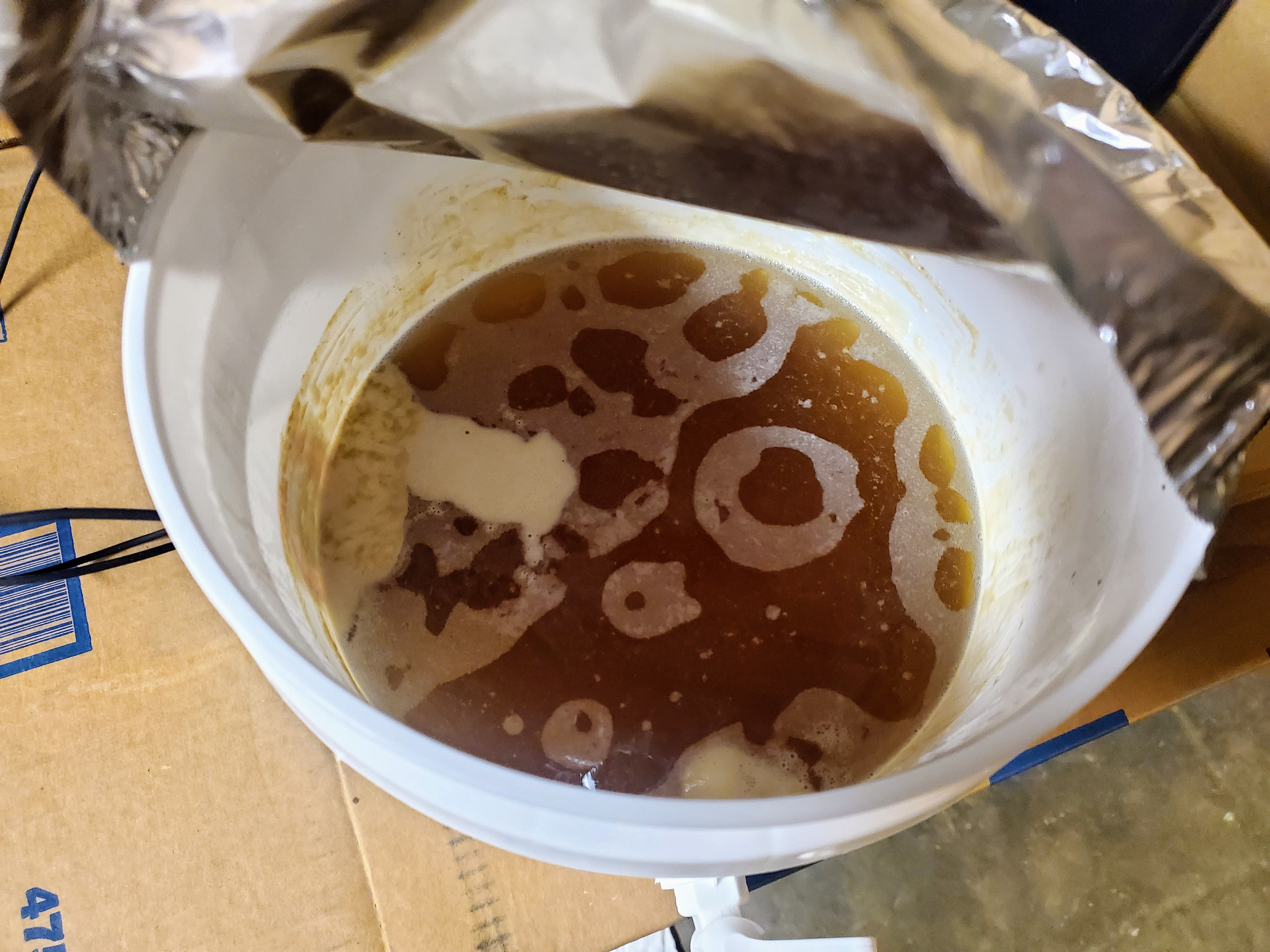Putting together a bit of a recipe for a strong-ish English IPA, designed to be a bit of old-meets-new in terms of ingredients and processes. Something to brew a bit later in the autumn, as for some reason I always get a bit of a hankering for British IPAs when the trees start to shed their leaves.
ABV: 6.8%
OG: 1.065
FG: 1.013
EBC: 16
IBU: 55
BU/GU: 0.84
Malt-wise, want to keep it fairly middle of the road in terms of EBC, with some honey and light caramel character. Quite keen to try Chevalier as it's not that much more expensive than decent MO for me, and supposedly has a great, almost fruity character to it.
| Malt | Maltster | Quantity | Percentage |
| Chevalier Heritage | Crisp | 5,334 g | 85% |
| Cara Gold | Crisp | 521 g | 8% |
| Wheat Malt | Crisp | 260 g | 4% |
| Extra Light Crystal 100 | Crisp | 195 g | 3% |
Hops, I'm going a mixture of more traditional British styles alongside some of the newer and more exciting stuff to come out of Charles Faram (I've got about a kilo of assorted British hops coming from the Malt Miller, my usual go-to supplier. I wanted to keep some of the classics and favourites in there (notably UK Target and First Gold), but spice (or fruit) things up with some experimental CF185 (floral, peach and citrus) and Harlequin (passion fruit and mango). By my standards not an especially large amount of hops (75g as bittering additions, 100g in the whirlpool and 125 in the dry hop) but should remain roughly to style.
| Hop | Form | IBUs/Quantity | Stage |
| Target | T90 Pellet | 30.6 | 60 Minute Boil |
| First Gold | T90 Pellet | 15.7 | 15 Minute Boil |
| First Gold | T90 Pellet | 3.7 | 20 Minute Whirlpool @75°C |
| Harlequin | T90 Pellet | 4.7 | 20 Minute Whirlpool @75°C |
| Harlequin | T90 Pellet | 60 g | Dry Hop Day 7 |
| CF185 | T90 Pellet | 50 g | Dry Hop Day 7 |
| Target | T90 Pellet | 20 g | Dry Hop Day 7 |
I'll also drop another 50g of CF185 straight into the keg at packaging time.
Plan is to mash fairly low, do a longer than normal boil (I generally only ever do 30m boils these days, and then ferment on the cooler end with WLP007 Dry English Ale before ramping.




















































![Craft A Brew - Safale S-04 Dry Yeast - Fermentis - English Ale Dry Yeast - For English and American Ales and Hard Apple Ciders - Ingredients for Home Brewing - Beer Making Supplies - [1 Pack]](https://m.media-amazon.com/images/I/41fVGNh6JfL._SL500_.jpg)








